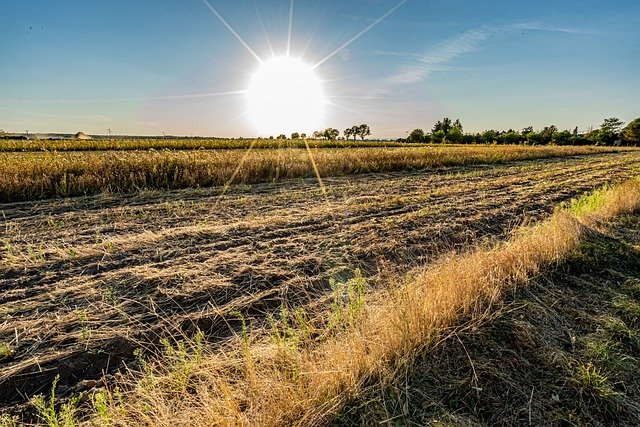It's a startling revelation, but by 2027, a mere three years from now, the United States is projected to face a staggering shortage of plumbers—more than 550,000 – according to a Bloomberg News report in March 2024.
This situation is not new. It has been quietly brewing for years but is just now making national headlines.
Interestingly, according to Bloomberg, plumbers in the U.S. are known to earn a "decent salary," albeit with significant variations across the country. In the South, the average annual income for plumbers hovers around $43,000, while in Northern California, it skyrockets to nearly $100,000, and sometimes even more.
So, if salary is not the issue, what is? The issue is that more plumbers are retiring from the trade than entering it. Some trade schools are opening nationwide to address this situation, but that may be of little help.
At the Plumbers & Gasfitters Local 5 Apprenticeship School in Lanham, Maryland, just 125 students signed up for the academic year. Even though the union pays for their apprenticeship, about half of those students are expected to drop out during the five-year program.
At Anne Arundel Community College in Arnold, Maryland, the university had set aside 18 dormitory rooms for plumbing students. By the time classes began, only three rooms were needed.
Along with the plumbing shortage brewing on the hot kettle, many of us do not know that the days of learning how to be a plumber, for instance, when a father teaches his son, are long gone. The craft of being a plumber has become much more involved, and most areas of the country now require plumbers to be certified, which means going to school.
So, what does this mean for the rest of us?
If you guessed that plumbing charges will escalate significantly, you hit the nail on the head. This means it may prove difficult for some families to have plumbing repairs performed. Plus, it will drive up the costs of maintaining commercial buildings, which are already struggling to get back on their feet.
But that's not all. The publication also reports that the shortage will cause the following:
• Delay flood recovery efforts because too few plumbers will be able to answer the call.
• Postponement of commercial building upgrades at a time when property owners are trying to make their facilities more enticing for renters.
• Impact housing developments. The number of housing starts plays a vital role in the country's economy.
• Slow the government's infrastructure spending because too few plumbers can complete the job.
What can commercial property owners and managers do to address this situation of higher costs and fewer plumbers? Because most of the water consumed in a commercial building is in the restroom, we need to start there.
Some steps to take include the following:
• Select more durable, long-lasting fixtures. Don't correlate high fixture costs with extended longevity—in some cases, it can be just the opposite. When selecting fixtures, always ask about the durability of the product. Manufacturers often have these statics. Fixtures should last ten or more years.
• As to faucets and some other fixtures, select models made from ceramic, porcelain, and natural stone. These can last for decades.
• Pay special attention to the selection of auto-flush devices. This is often the most mechanical part of the fixture. Again, select auto-flush devices with proven records of durability, and add to that fewer repair needs.
• No-water urinals are the best option for urinals. They have no mechanicals and need few repairs. As long as the urinal is cleaned regularly and properly maintained, not much can go wrong.
Fortunately, today's restroom fixtures are designed to last quite a long time. To ensure this, select high-quality fixtures that are installed correctly and then properly cleaned and maintained. This should help keep plumbing costs down as the plumber shortage becomes more serious.
Klaus Reichardt is CEO and founder of Waterless Co, Inc., a pioneer in advancing water efficiency. Reichardt founded the company in 1991 with the goal of establishing a new market segment in the plumbing fixture industry with water efficiency in mind. Reichardt is a frequent writer and presenter, discussing water conservation issues. He can be reached at klaus@waterless.com.




















